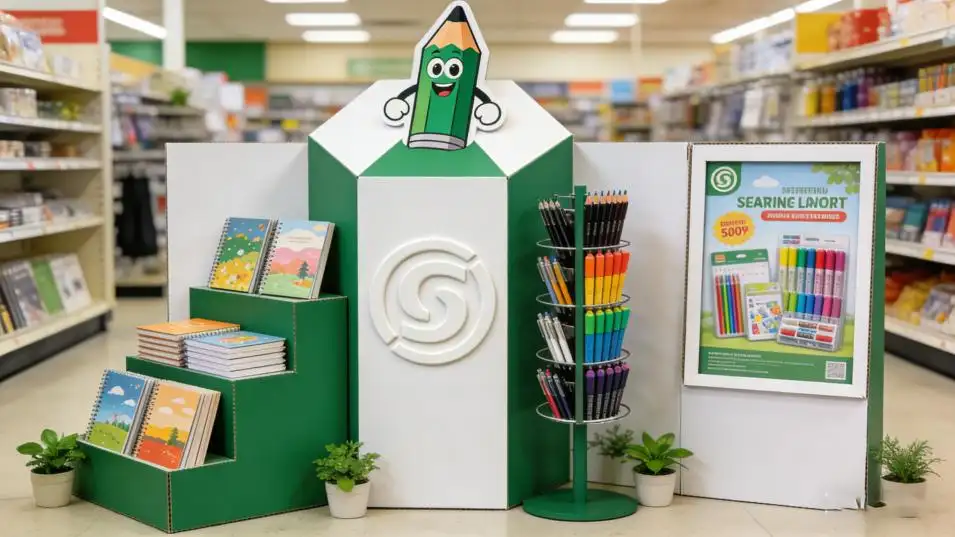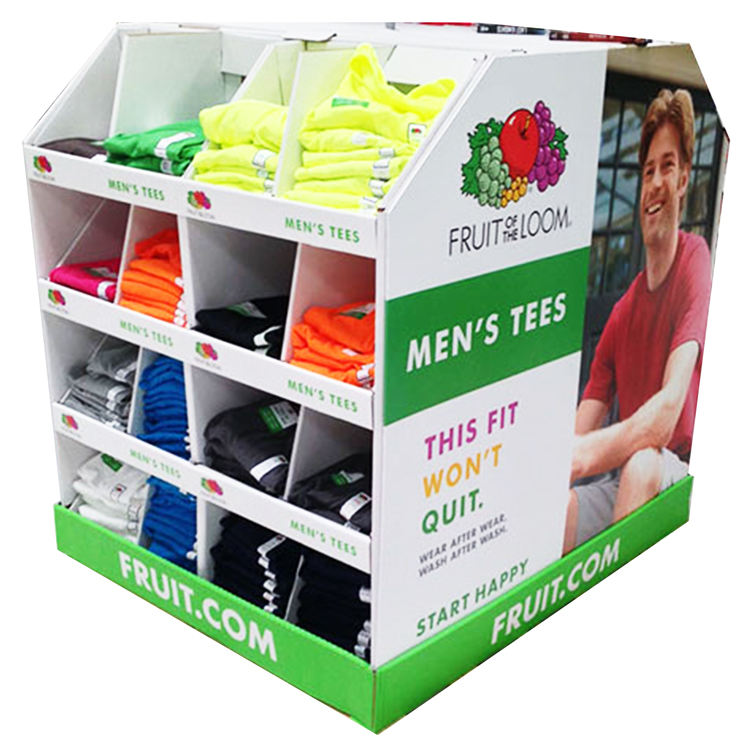How a simple POP display can become your secret sales weapon—but only if you get it right.
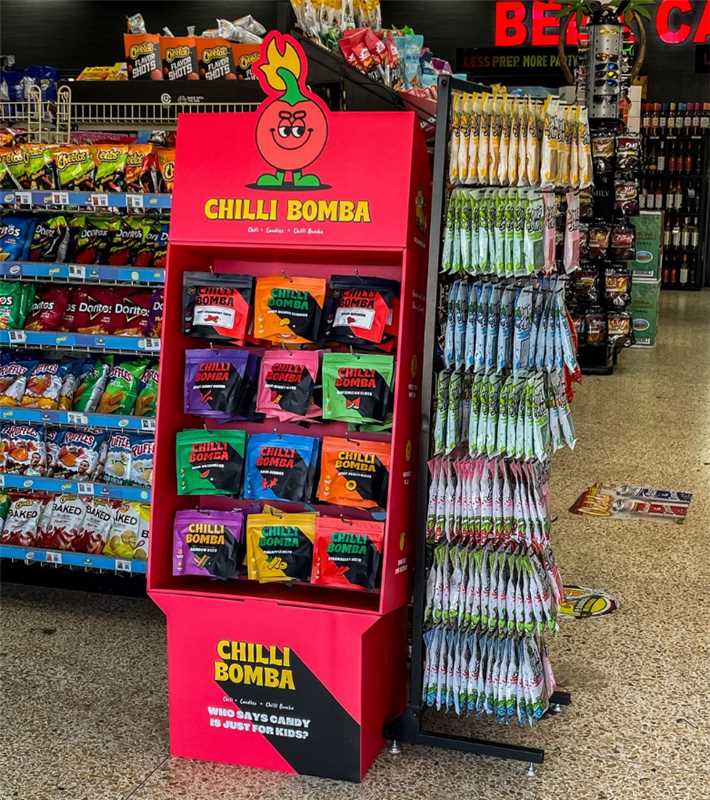
Introduction
Have you ever invested heavily in a fantastic product, only to see it get lost in the sea of shelves at a retail store? The problem might not be your product, but how it communicates with customers.
A well-designed cardboard display (also known as a Point of Purchase or POP display) is more than just a temporary shelf. It’s your 24/7 silent salesperson on the retail floor. It grabs attention, communicates your brand’s value, and drives impulse buys. However, a few common—and costly—mistakes in the selection process can turn your investment into a missed opportunity.
In this guide, we'll walk you through the five most common mistakes businesses make when choosing cardboard displays. By avoiding these pitfalls, you'll ensure your display not only looks great but also delivers a powerful return on investment and brings you high-quality inquiries.
Mistake #1: Ignoring Brand and Product Integration
One of the most frequent requests we hear is, "Just give me a standard display." This is a major red flag. A generic display that doesn't align with your brand or product is like wearing an ill-fitting suit—it simply won't showcase your best features.
The Problem:
- Generic Design: Using a one-size-fits-all template that lacks your brand's logo, color palette (VI), and unique story.
- Product Mismatch: The structure isn't custom-engineered for your product's specific size, weight, or shape, making the products look unstable, cheap, or poorly presented.
💡 What to do instead:
- Let Your Design Tell a Story: Ensure your display is an extension of your brand's visual identity. The colors, graphics, and messaging should be consistent with your overall marketing campaigns.
- Engineer for Your Product: From the very first conversation, provide your supplier with key product details: What are the dimensions? How much does it weigh? How many units should it hold? A professional supplier will use this to recommend the right structure and materials. For example, heavy items like bottled drinks require reinforced structures, while lightweight cosmetics can allow for more creative and intricate shapes.
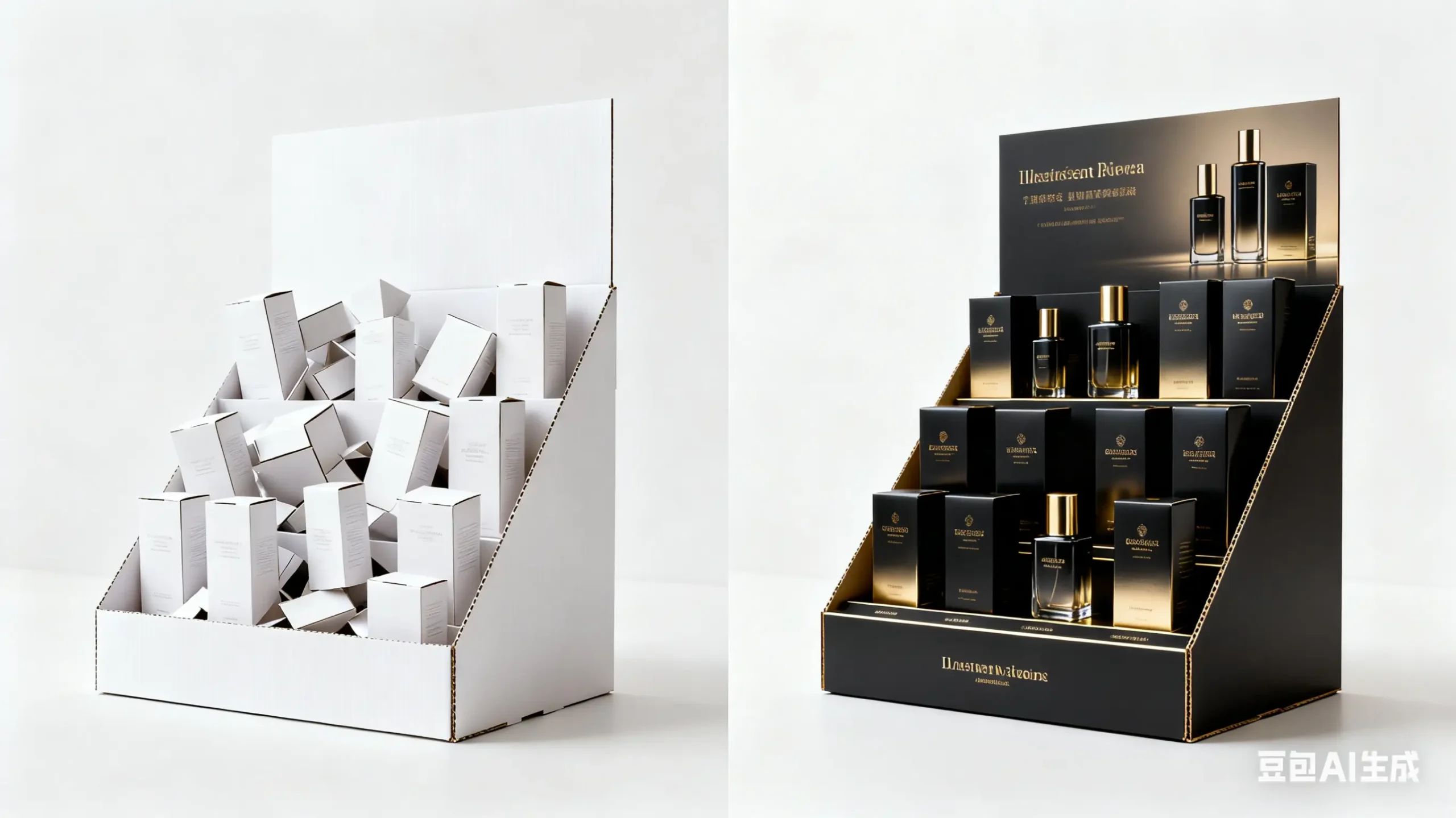
Mistake #2: Underestimating Structural Integrity and Materials
"They look similar, so I'll just go with the cheapest one." This mindset can lead to a literal collapse on the retail floor. The heart and soul of a cardboard display lie in its structural engineering and material choice. The wrong decision can lead to sagging shelves, damage, and a negative brand impression.
The Problem:
- Ignoring Load-Bearing Needs: Failing to calculate the total weight of the products, leading to the use of inadequate corrugated board (e.g., using a single-wall B-flute when a double-wall BE-flute is needed).
- Disregarding the Environment: Not considering factors like store humidity or foot traffic. A humid environment can soften standard cardboard, while high-traffic areas require more durable materials and protective finishes.
💡 What to do instead:
- Be Clear About Weight Requirements: Tell your supplier the maximum weight each shelf must support. A professional designer will use this to engineer the structure, select the right flute type and paper grade, and even incorporate plastic or metal support bars if necessary.
- Communicate the Use Case: Inform your supplier how long the display needs to last (e.g., a two-week promotion vs. a three-month campaign) and where it will be placed. This helps them recommend the right surface finish, like lamination (for moisture resistance) or a UV coating (for scuff resistance).
Mistake #3: Forgetting the Real-World Retail Environment
A display that looks perfect in a 3D rendering is a failure if it doesn't work in the actual store. There’s nothing worse than shipping a beautiful display only to discover it’s too tall for the shelf, too wide for the aisle, or completely blocks customer flow.
The Problem:
- Designing in a Vacuum: Guessing dimensions without getting specific placement guidelines from the retailer.
- Ignoring the "Golden Zone": The display height is wrong, placing key products and messages outside the shopper's primary eye-level (typically 4-5 feet or 1.2-1.5 meters from the floor).
💡 What to do instead:
- Measure First, Design Second: Before starting the design, get the exact footprint (width, depth, height) and any restrictions from the retailer. Ask for photos of the intended location if possible.
- Demand a Prototype: Always insist on a physical, unprinted sample (a "white sample") before mass production. Ship it to a test store or assemble it yourself. This allows you to check for size, stability, and product fit, saving you from a disastrously expensive mistake down the line.
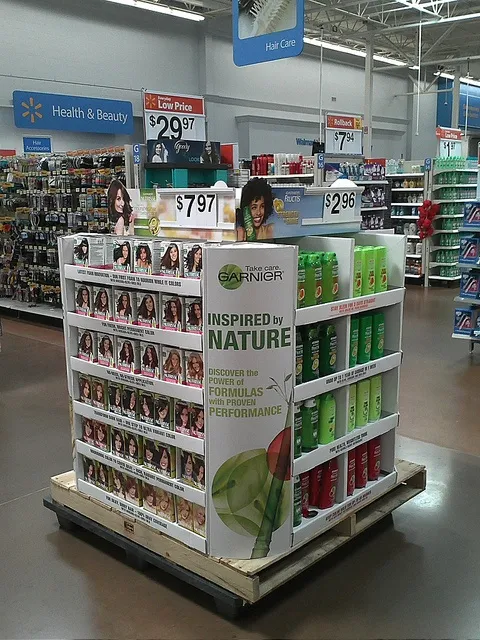
Mistake #4: Overlooking Ease of Assembly and Logistics
Your brilliant display has to be assembled by busy store employees, not expert engineers. If the assembly process is complicated, time-consuming, or confusing, your display has a high chance of ending up in the stockroom, never to be seen again.
The Problem:
- Overly Complex Design: The structure has too many separate parts and no clear assembly logic.
- Lack of Clear Instructions: No simple, easy-to-follow instruction sheet or video is provided.
💡 What to do instead:
- Design for "Tool-Free" Assembly: Work with your supplier to create an intuitive design that uses folds, tabs, and locks. The goal should be for one person to assemble it in under 5 minutes without any tools.
- Provide Visual Guides: Insist on a simple, one-page instruction sheet with clear diagrams. Even better, ask for a QR code on the sheet that links directly to a short assembly video. This is the modern standard.
- Optimize for Shipping: Ensure the display can be flat-packed. This dramatically reduces shipping costs and storage space, making it easier to distribute to hundreds or thousands of retail locations.
Mistake #5: Lacking a Clear Call to Action (CTA)
So, your display successfully caught the shopper's eye. They’re interested. Now what? Without a clear instruction, the shopper is likely to simply look and walk away.
The Problem:
- Information Overload: The display is cluttered with too much text and too many messages, confusing the customer.
- No Clear Directive: It fails to tell the customer what to do next.
💡 What to do instead:
- Focus on One Core Message: Follow the "3-Second Rule." A shopper should be able to understand what your product is and its main benefit within three seconds. Use short, powerful headlines like "New Arrival," "Limited Time Offer," or "Shop the Collection."
- Create a Powerful CTA: Use a bold font and a contrasting color to place a clear, actionable command in a prominent spot. Examples include:
- "Take One and Save 20% Today!"
- "Scan to See it in Action"
- "Free Sample - Try Me!"
Conclusion
Choosing the right cardboard display is a strategic decision that blends brand marketing, structural engineering, and consumer psychology. It’s far more than just "getting a box made."
By avoiding these five common mistakes—Ignoring Brand Integration, Underestimating Structure, Forgetting the Retail Environment, Overlooking Assembly, and Lacking a CTA—you can transform your in-store presence. A well-executed display will elevate your brand, boost sales, and win you favor with retailers, ultimately proving to be one of the most effective marketing investments you can make.
Call to Action (CTA)
Ready to create a cardboard display that truly performs?
Don't navigate the complexities alone. With over [Your Number, e.g., 10+] years of experience, we've helped hundreds of brands like [Mention a well-known client or use a descriptor like "leading CPG brands"] launch show-stopping retail displays.
Contact us today for a free design consultation and quote. Let's work together to make your product the star of the store.



